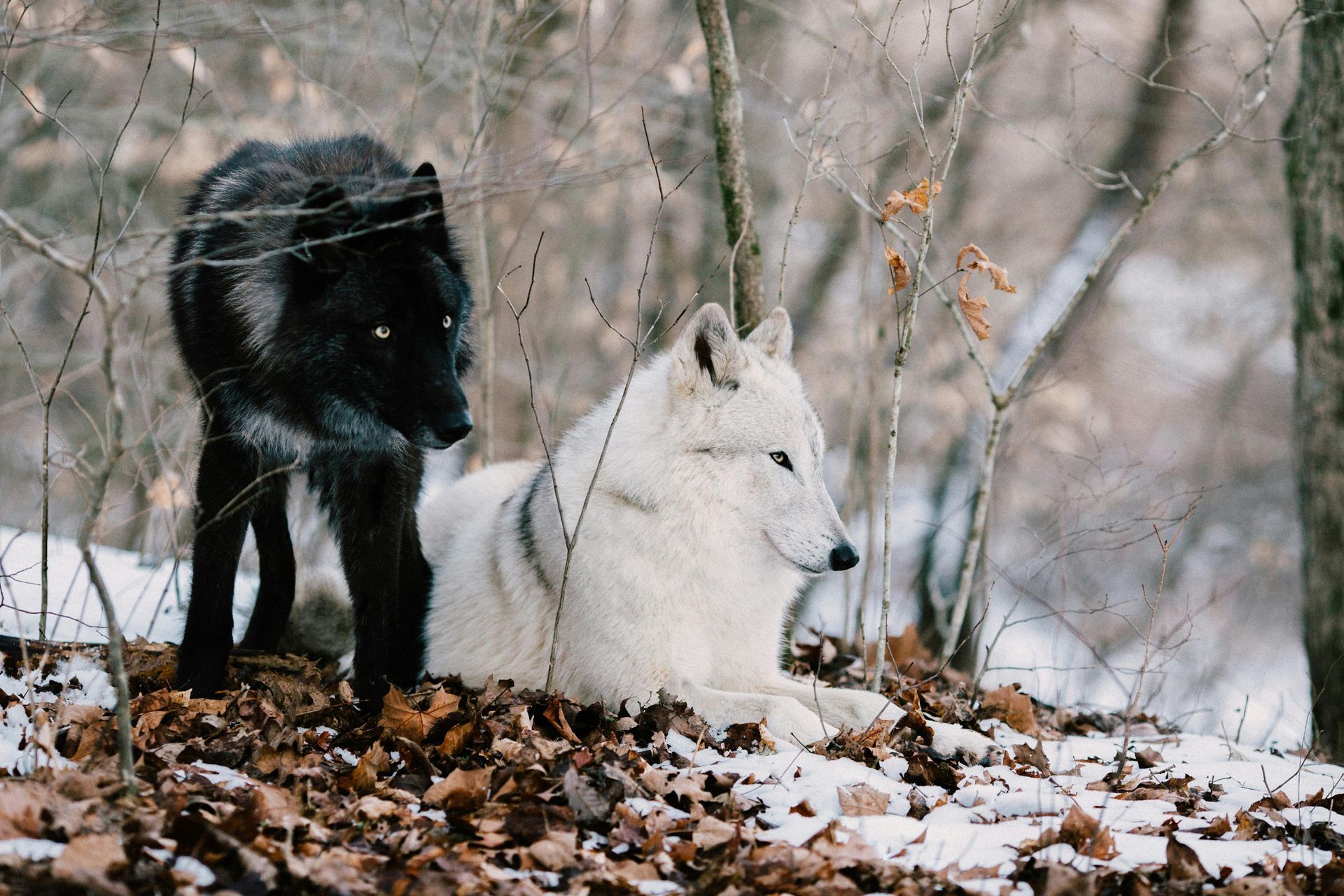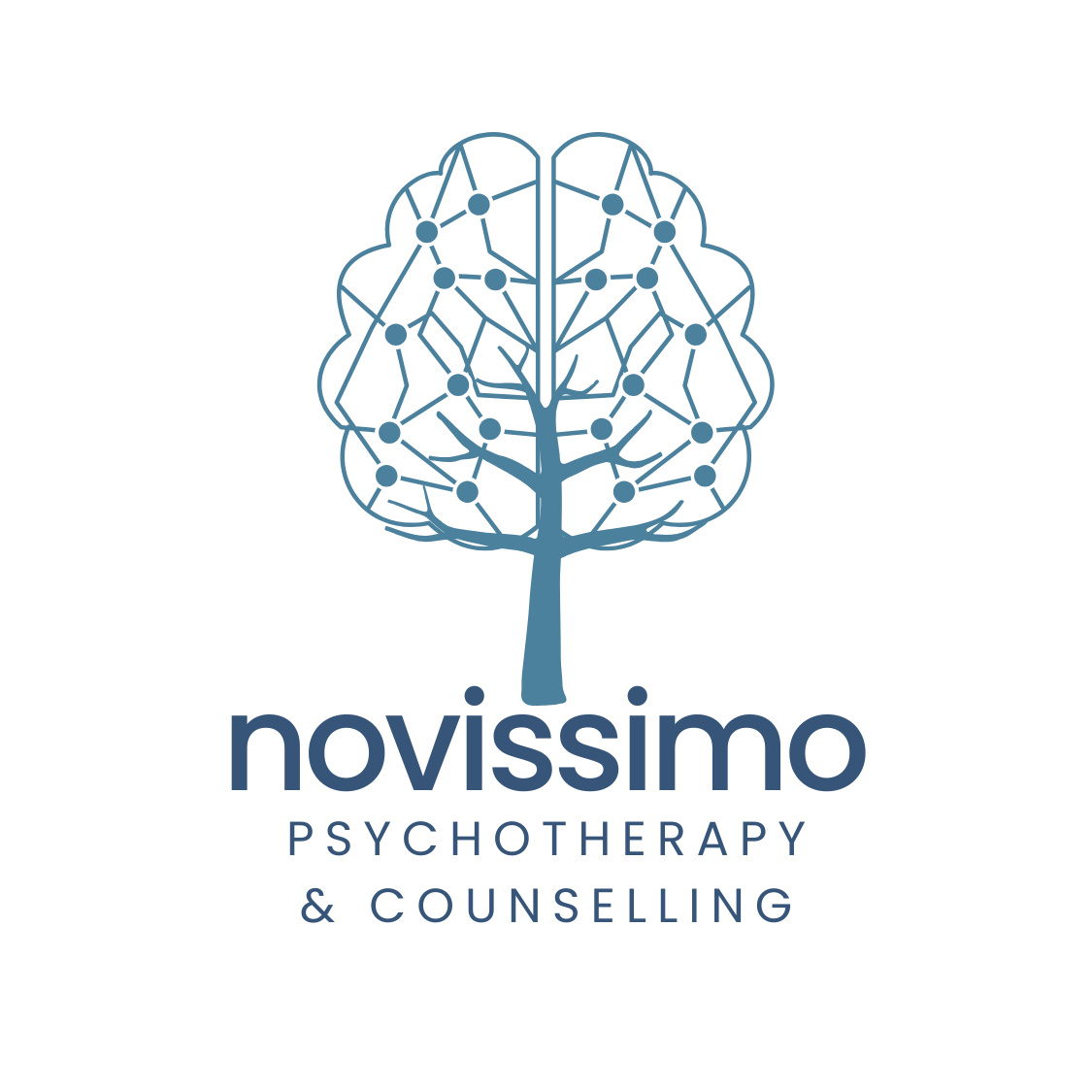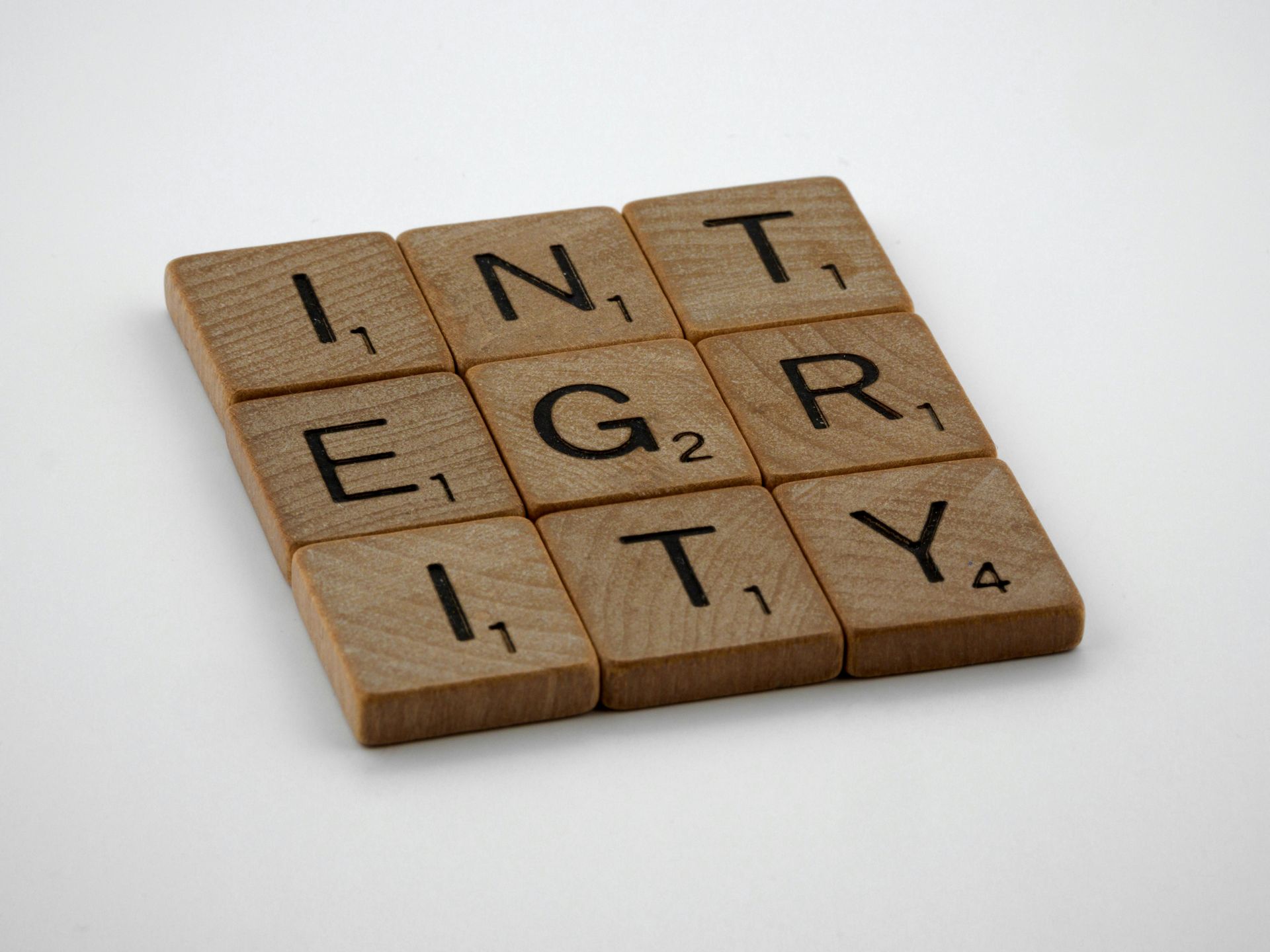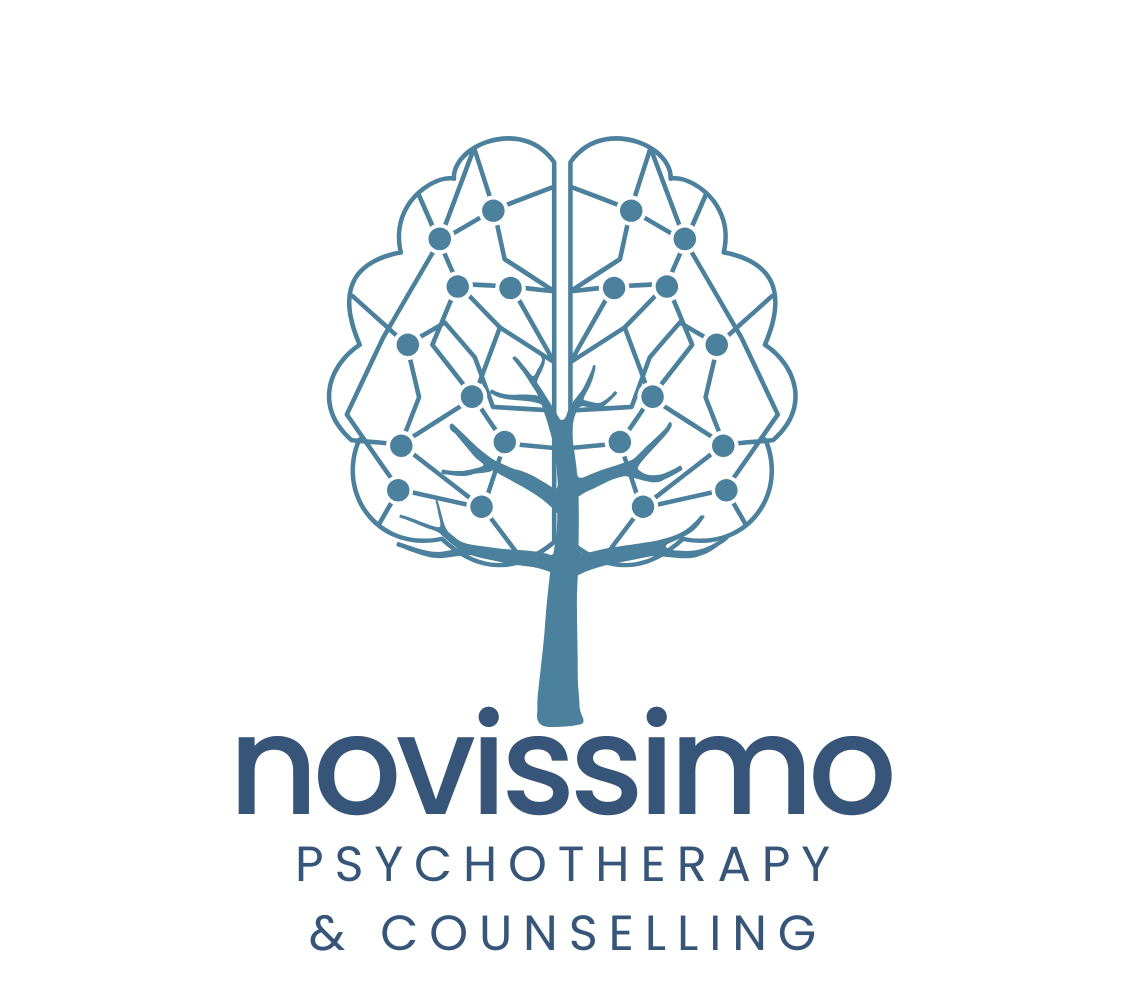The Parable of the Two Wolves
What the Parable of the Two Wolves
Is Really Teaching Us

As a therapist, I often see how our thoughts can feel like our biggest enemies. A single thought can set the tone for an entire day, especially when it spirals uncontrollably.
One of the stories I love to highlight in sessions about inner conflict is the old parable of the two wolves. It describes two wolves living inside all of us: one wolf is driven by fear, anger, and negativity, while the other is fueled by love, hope, and strength.
The parable frames our internal conflict as a matter of choice. The idea is that by ignoring negativity, it loses its power. The parable encourages us to choose which wolf to nurture because, in the end, the one we feed will win.
But in real life, things aren’t so simple. When you’re struggling with mental health challenges like depression or anxiety, the “power of choice” can feel impossible. It’s not always as easy as deciding to focus on positivity or ignoring difficult emotions. In fact, trying to “starve” the bad wolf can sometimes make it louder.
Here’s why both wolves exist and how they can actually help us become better versions of ourselves.
The Role of the “Bad” Wolf
It’s tempting to see the “bad” wolf as an enemy; something to suppress or defeat. After all, who wouldn’t want to rid themselves of fear, anger, or doubt? But what if the “bad” wolf isn’t inherently bad? What if its presence holds lessons we often overlook?
Anger can signal that a boundary has been crossed, alerting us to where we need to protect ourselves. Fear often points to areas of uncertainty, where growth or security is needed. Even self-doubt, uncomfortable as it may be, can prompt self-reflection and challenge us to reframe limiting beliefs.
These emotions aren’t villains to defeat. They’re clues. They point to the parts of ourselves that need care, attention, and sometimes healing. The “bad” wolf doesn’t need to be silenced—it needs to be understood. And when we stop trying to fight it, we create space to guide it toward something better.
The Role of the “Good” Wolf
Feeding the “good” wolf isn’t about drowning out the bad one with forced positivity. It’s not about pretending everything is fine or suppressing emotions that feel inconvenient. Instead, it’s about intentionally nurturing the parts of us that bring peace, growth, and resilience.
This could mean practicing self-kindness, seeking moments of gratitude, or even allowing yourself to rest when needed. Feeding the “good” wolf is about building habits and thoughts that help you navigate challenges, not denying their existence.
Guiding, Not Fighting
If it feels like the “bad” wolf is taking over lately, pause and ask yourself:
What is this feeling trying to show me?
How can I respond in a way that supports me, not fights me?
If the “good” wolf feels quiet, remember that feeding it doesn’t require big leaps. It can look like taking five minutes to breathe, texting a friend, or reminding yourself that tough moments don’t last forever.
When we stop seeing it as a battle and start viewing it as balance, the story becomes less about “winning” and more about understanding ourselves.
It’s easy to ask yourself, “Which wolf is winning today?” But perhaps a better question is, “How can I make space for both?”
Struggling to make sense of those negative emotions? Let Novissimo Counselling guide you in finding balance with your inner wolves and help them coexist on your path to healing.
Reach out today to take the first step toward mental clarity and support!







